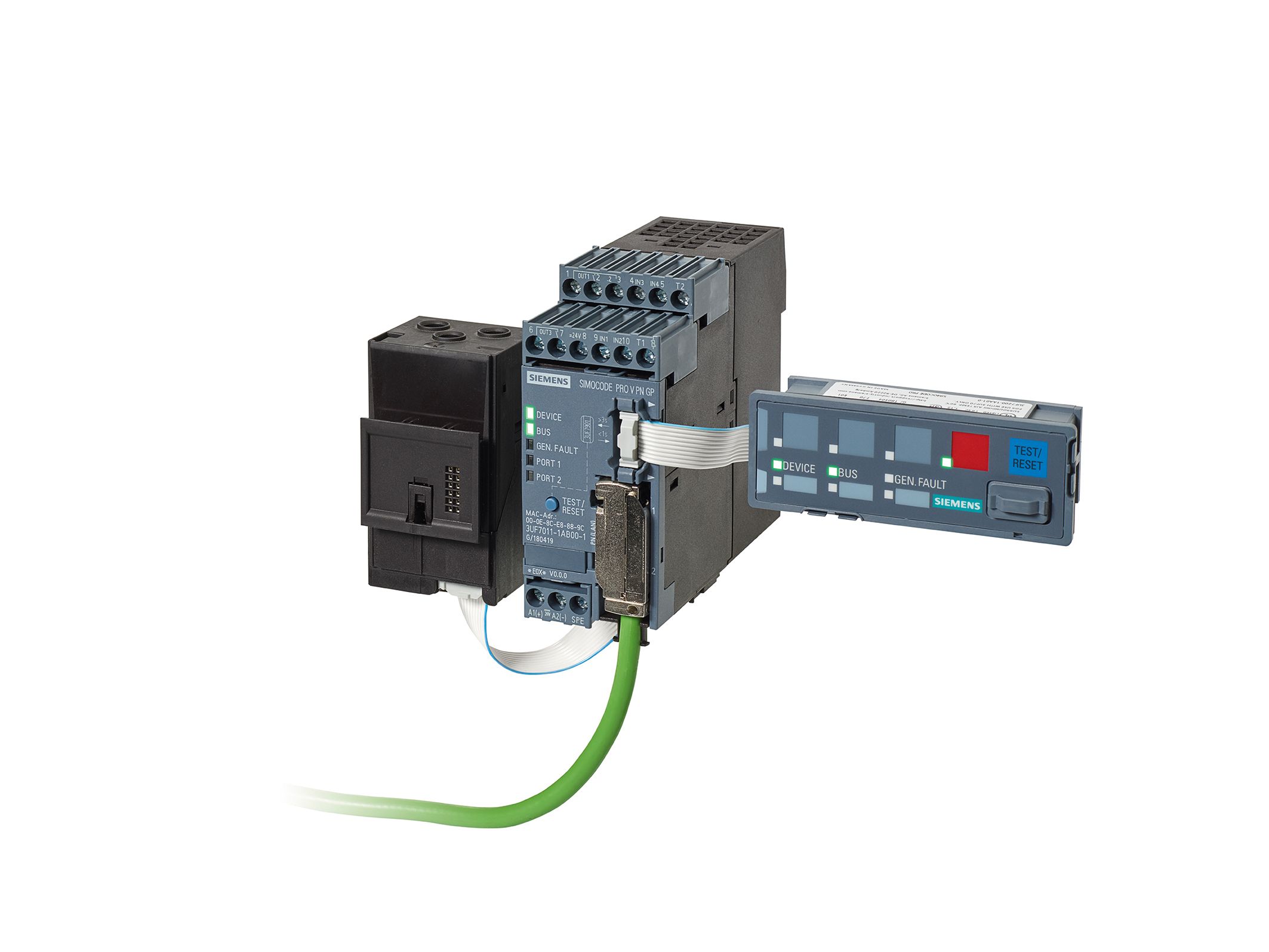Unidirectional Link Detection (UDLD) is a data link layer protocol from Cisco Systems to monitor the physical configuration of the cables and detect unidirectional links. UDLD complements the Spanning Tree Protocol which is used to eliminate switching loops.
- Unidirectional Link Detection (UDLD) is one of two major features (UDLD and loop guard) in Cisco Switches to prevent Layer 2 loops.
- Spanning-Tree Protocol (STP) resolves redundant physical topology into a loop-free, tree-like forwarding topology via blocking one or more ports.
Although many of the newer models do not have the Ethernet port, many users of Mac still have the Ethernet port and use it to access the Internet. Fortunately, Apple has solved the problem very soon. It is now time to learn the method on how to fix Mac Ethernet problems as soon as possible and start using the Ethernet connection as usual. May 30, 2018 fpc0 MQSS(0): CHMAC1: Detected Ethernet MAC Local Fault Delta Event for Port 0 (et-0/0/0) fpc0 MQSS(0): CHMAC1: Ethernet PCS Multilane Alignment Not Done Delta Event for Port 0 (et-0/0/0) fpc0 ifp et-0/0/0 ifdmdown mib2d5587: SNMPTRAPLINKDOWN: ifIndex 549, ifAdminStatus up(1), ifOperStatus down(2), ifName et-0/0/0. I have a Macbook Air running 10.7.4 and I'm trying to connect to ethernet using the official Apple USB to ethernet adapter. However, the mac never detects the new network interface. It never displays a dialog asking me to set it up. It doesn't show up in network preferences. As far as I can tell, the mac doesn't know it's even plugged in.
Detected Ethernet Mac Local Fault Delta Event For Portfolio
However, Unidirectional Link failure can cause 'traffic blackholing' and loops in the Switch topology.- In order to detect the unidirectional links before the forwarding loop is created, UDLD works by exchanging protocol packets between the neighboring devices.
- In order for UDLD to work, both switch devices on the link must support UDLD and have it enabled on respective ports.
Description[edit]
If two devices, A and B, are connected via a pair of optical fibers, one used for sending from A to B and other for sending from B to A, the link is bidirectional (two-way). If one of these fibers is broken, the link has become one-way or unidirectional. The goal of the UDLD protocol is to detect a broken bidirectional link (e.g. transmitted packets do not arrive at the receiver, or the fibers are connected to different ports).
For each device and for each port, a UDLD packet is sent to the port it links to. The packet contains sender identity information (device and port), and expected receiver identity information (device and port). Each port checks that the UDLD packets it receives contain the identifiers of his own device and port.
UDLD is a Cisco-proprietary protocol but HP, Extreme Networks, and AVAYA all have a similar feature calling it by a different name. HP calls theirs Device Link Detection Protocol (DLDP). Extreme Networks call it Extreme Link Status Monitoring (ELSM) and AVAYA calls theirs, Link-state Tracking.
Similar functionality in a standardized form is provided as part of the EthernetOAM protocol that is defined as part of the Ethernet in the First Mile changes to 802.3 (previously 802.3ah). D-Link has their DULD feature built on top of EthernetOAM function. Brocade devices running Ironware support a proprietary form of UDLD.
Detected Ethernet Mac Local Fault Delta Event For Port St Joe
The use of UDLD over 10GbE is augmented, as per 802.3ae/D3.2 standard, when a fault is detected in the physical link:
- The local device signals local fault is signaled by PHY
- The local device ceases transmission of MAC frames and transmits remote fault
- The remote device receives remote fault and stops sending frames and continuously generates idle frames
External links[edit]

- Understanding and Configuring the Unidirectional Link Detection Protocol Feature at Cisco Systems
- '10Gig Link Fault Signaling Updated to IEEE Draft P802.3ae/D3.2'(pdf).
Hello, I recently got my internet upgraded to 1Gbps and I also bought a new modem and when I connect my mac to the modem through the ethernet cable, my mac does not detect it. My modem's ethernet ports work perfect because I ran a speed test on my Xbox One and I'm getting full speed. I have tried several different ethernet cables and can not get my iMac to recognize the ethernet connection. I never had this problem with my older modem the ethernet port worked fine on my iMac. Would anyone be able to provide me with some help? Thank You
iMac, macOS High Sierra (10.13.5), iMac (27-inch, Late 2009)
Detected Ethernet Mac Local Fault Delta Event For Port Charlotte
Posted on
